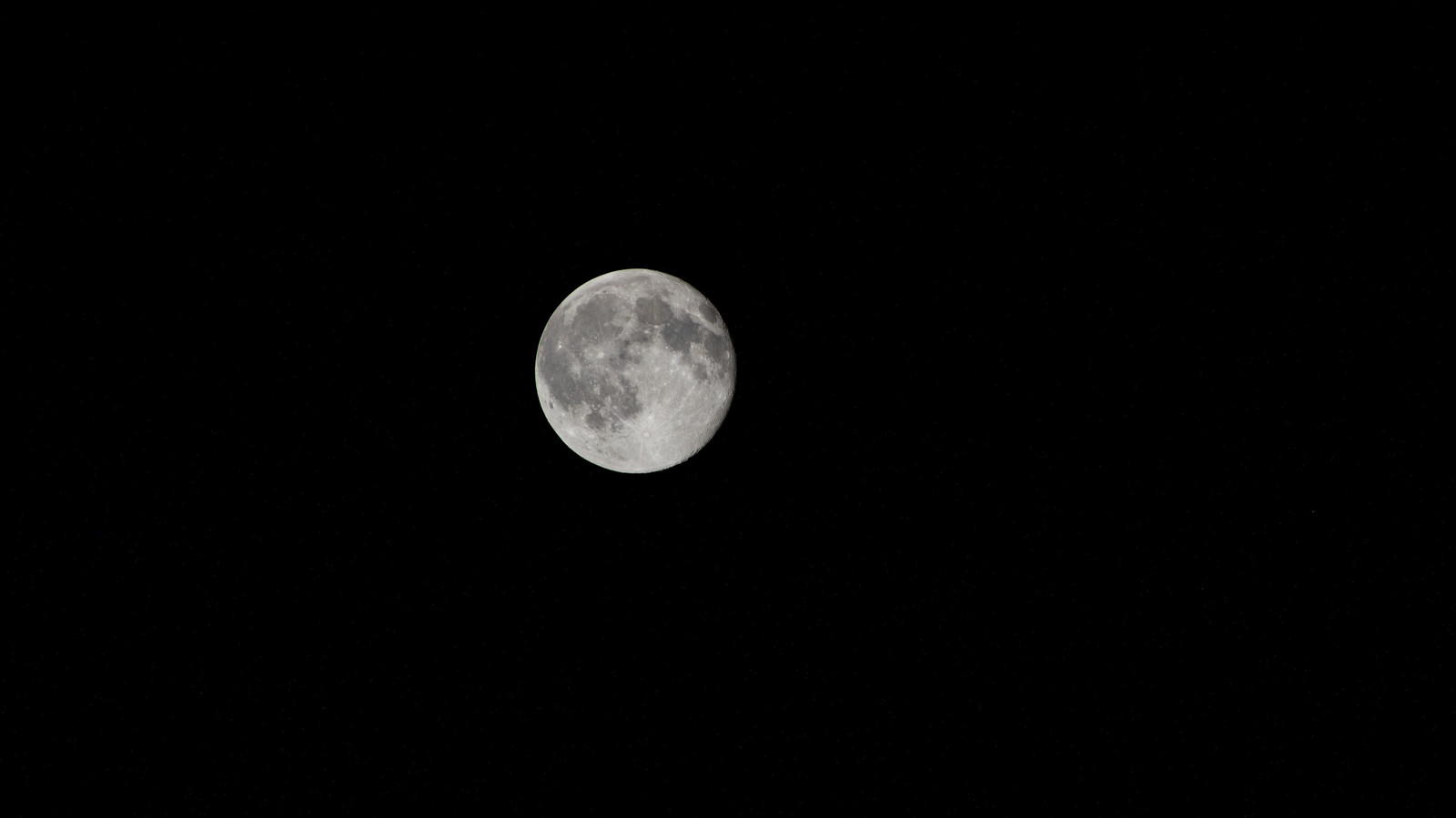Watch the full moon dance over one year in stunning time-lapse video by photographer
Photographer Andrew McCarthy recorded a year's worth of full moons to show the lunar libration.

The full moon can be a stunning sight in the night sky, but did you know it can dance?
A new time-lapse video from astrophotographer Andrew McCarthy has shown just that, the full moon appearing to dance around in the sky during one entire year. There's no tricks involved, just the moon wobbling in its orbit around the Earth, McCarthy wrote on Reddit, where he shared the video as an animation on July 24.

Looking for a telescope to see the moon? We recommend the Celestron Astro Fi 102 as the top pick in our best beginner's telescope guide.
"The perceived wobble of the moon is called 'libration' and is the result of the moon's not-quite circular orbit," McCarthy wrote. "The rotation is due in part to the moon's orbit being at an angle to the ecliptic, as well as Earth's axial tilt."
McCarthy snapped a photo of the full or nearly full moon from Arizona each month for a year when it was highest in the sky instead of when it was exactly full in order to accurately capture the lunar libration. He also worked to preserve the scale of the moon so it would appear the same size across the video.
Related: Amazing Buck Moon 2022 supermoon photos by stargazers
McCarthy has also created a video of the moon's changes during a single lunar month, which he shared on Instagram. That video is made up of "2 million photos of the moon over 26 days to see how it danced," McCarthy wrote in that post from March 9.
A post shared by Andrew McCarthy (@cosmic_background)
A photo posted by on
In his Reddit post, McCarthy said he's photographed nearly every full moon for the last three years. You can see more examples of his amazing night sky photography on his Instagram page, where he posts as Cosmic Background. McCarthy also has a professional Cosmic Background website where you can order prints of his astrophotography.
Breaking space news, the latest updates on rocket launches, skywatching events and more!
McCarthy's moon libration video animation offers a stunning look at how the moon changes over time from month to month in its orbit. On average, the distance from the Earth to the moon is about 238,855 miles (384,400 kilometers). Since the moon's orbit is not a perfect circle, there are places in the orbit where it is closest to the Earth and others where it is farther away.
At perigee, the moon is at its closest to the Earth for the month, a distance of about 226,000 miles (363,300 km). The moon is farthest away when it reaches apogee, which is about 251,000 miles (405,500 km) from the Earth. The moon is also currently drifting away from the Earth at a rate of about 1.5 inches (3.8 centimeters) a year.
Our detailed guide to observing the moon can also help you map out your next photo session of the Earth's lunar neighbor. If you're looking for a telescope or binoculars to observe the moon, our guides for the best binoculars deals and the best telescope deals now are a great place to start. Our best cameras for astrophotography and best lenses for astrophotography have helpful tips on the gear you'll need to capture the next skywatching sight on your own.
Email Tariq Malik at tmalik@space.com or follow him @tariqjmalik. Follow us @Spacedotcom, Facebook and Instagram.

Tariq is the award-winning Editor-in-Chief of Space.com and joined the team in 2001. He covers human spaceflight, as well as skywatching and entertainment. He became Space.com's Editor-in-Chief in 2019. Before joining Space.com, Tariq was a staff reporter for The Los Angeles Times covering education and city beats in La Habra, Fullerton and Huntington Beach. He's a recipient of the 2022 Harry Kolcum Award for excellence in space reporting and the 2025 Space Pioneer Award from the National Space Society. He is an Eagle Scout and Space Camp alum with journalism degrees from the USC and NYU. You can find Tariq at Space.com and as the co-host to the This Week In Space podcast on the TWiT network. To see his latest project, you can follow Tariq on Twitter @tariqjmalik.
